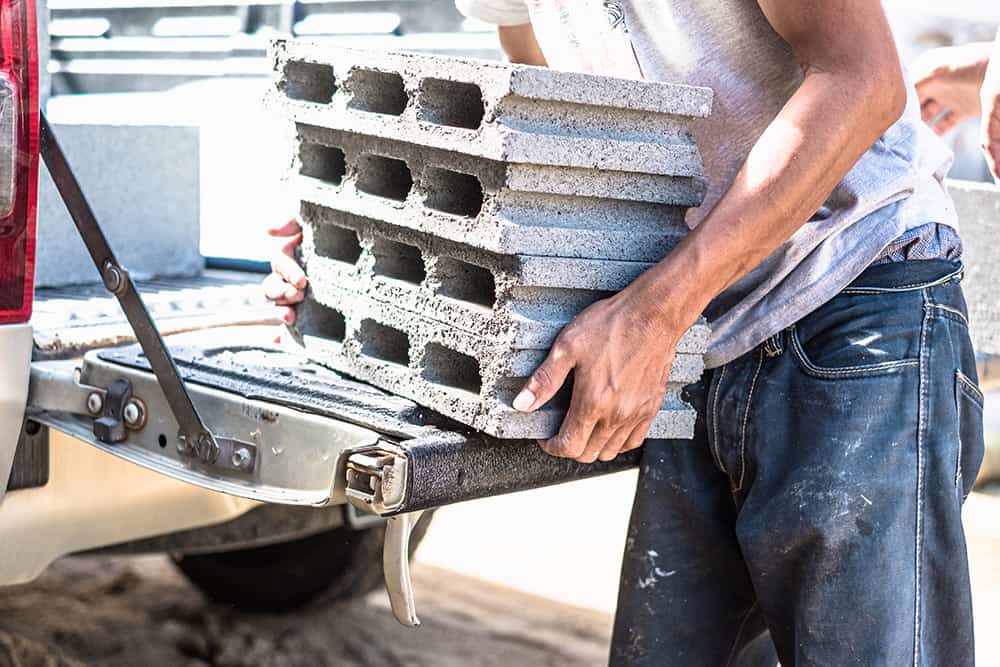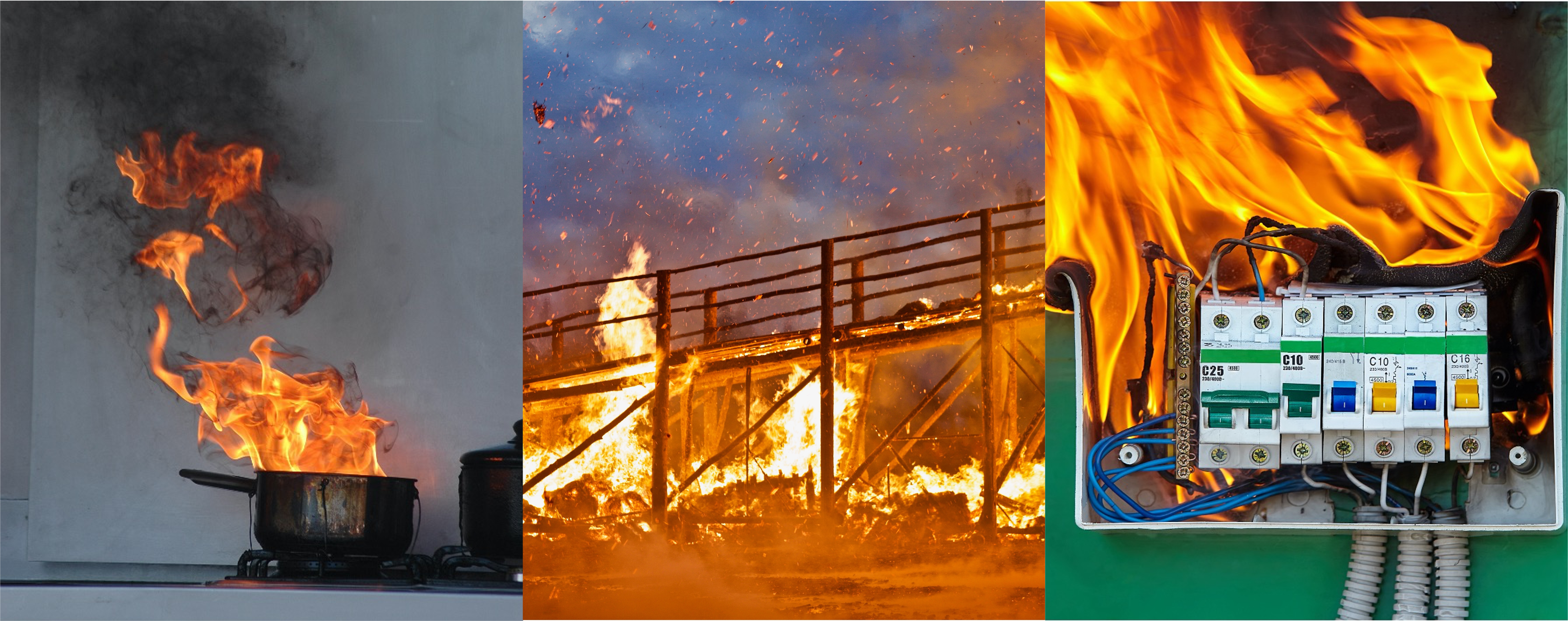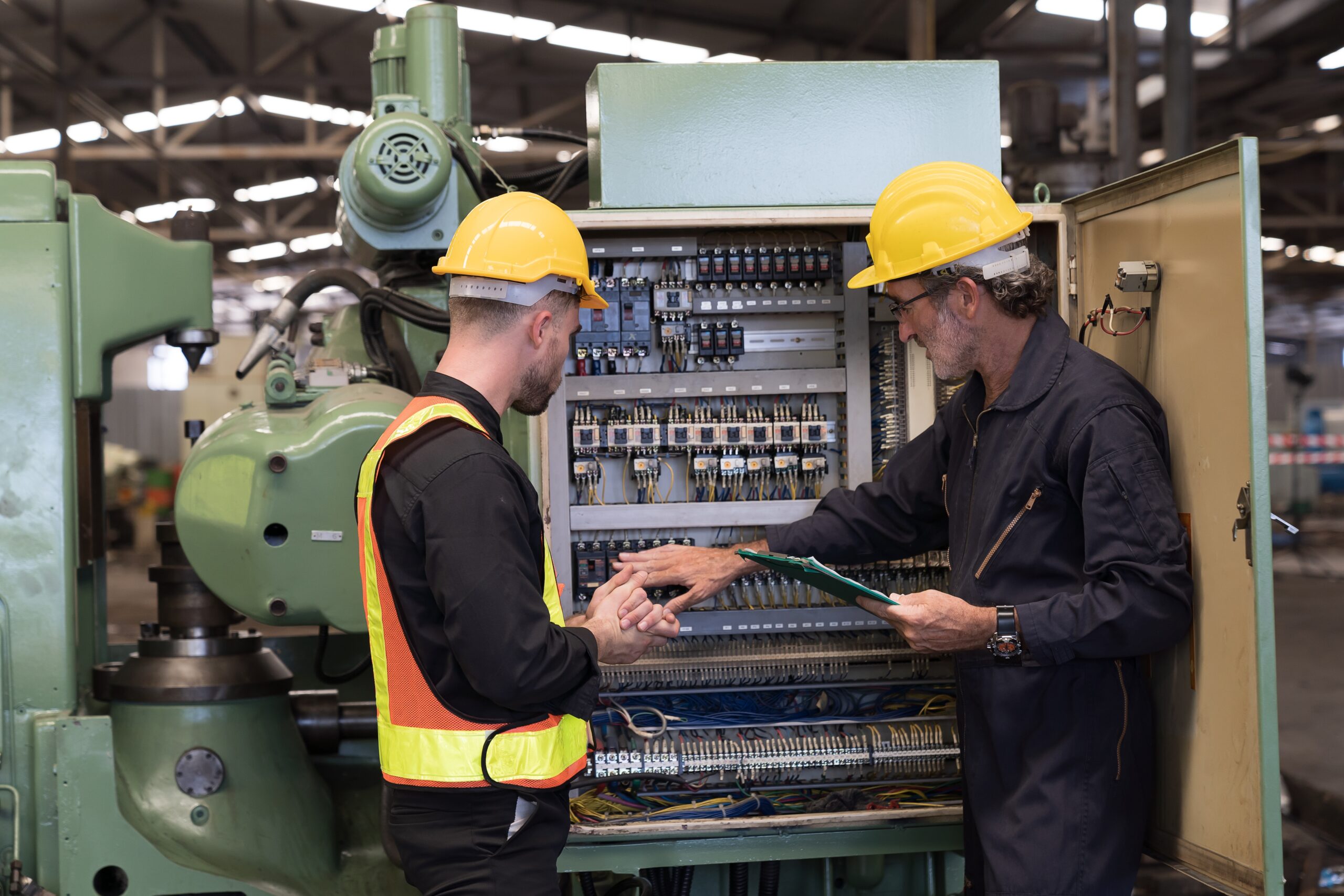
To ensure their safety, many employees in high-risk industries throughout the UK require different types of permit to work. The permit to work systems are used to provide workers with the authorisation to conduct activities that are deemed as hazardous.
Work permit systems are a vital safety control. As such, it’s important that both employers and employees have a clear understanding how they work. So, in this article, we’ll take a close look at everything you need to know about permits to work. We’ll cover the different types of permit to work, describe how to get a work permit, and make clear exactly who is authorised to issue a permit to work.
What are Permit to Work Systems?
A work permit is a written document that is used to authorise staff members to perform certain types of duties that are high risk. Typically, a permit to work will detail the nature of the work that must be done, specify the time and place, identify risks, describe any hazards, and provide information on any preparations or precautions that must be taken.
Permits to work are very effective. However, they are only work if the controls and procedures they outline are followed. So, it’s important that they are clear and do not contradict any other health and safety documentation or workplace instructions. Anyone using permits to work should have training on how the system works.
What are the Uses of Permit to Work Systems?
A permit to work helps to protect workers whenever there is significant risk to the health and safety of workers due to the type of work involved. Work permits provide accountability, ensure that safety protocols are detailed and followed, and collect data for future analysis.
Permits to work ensure that the instructions for the job are not forgotten, missed or misunderstood. They also provide a checklist for those undertaking work. This ensures they are following the general requirements for the job and that all protective measures are in place.
Permits to work also provide a record of authorisation, and help employers ensure they are meeting their legal duties to protect the health and safety of their staff.
What’s on a Permit to Work?
Every permit to work should include the same vital information. The contents generally include:
- A unique permit number
- Signed authorisation from a competent person or persons
- The signature of the person or persons accepting the duties
- Details on the roles and responsibilities of the workers involved
- A clear outline of any workplace risks or hazards
- Detail precautionary measures to be taken
- A precise description of the task
- Information on the expected timeline and the scope of the work
- Exact instructions on how to carry out the task
- A set of risk assessment protocols
- A record of the status of the work permit
How Many Types of Work Permit Systems Are There?
Many industries involve tasks that are considered to be high-risk or have workplaces that can be hazardous. For example, permits to work are common in the construction industry since building sites contain a variety of hazards and much of the work involved is high-risk.
There are several types of work permits covering areas such as:
- Handling hazardous substances
- Working with flames or heat
- Working in confined spaces
- Working from a height
- Electrical work
- Excavating work
- Operating machinery
- Asbestos exposure
The type of work permits used depend on the work itself. Let’s look at some key permit to work systems in more detail.
Hot Work
Hot work can be defined as any activity that produces sparks, flames, or radiant heat. Common hot work activities include:
- Torch cutting
- Arc welding
- Soldering
- Grinding
- Hot riveting
- The use of tar boilers
- Any activity using open flames
- Tasks involving lead heaters or hot air blowers
The hot work definition also applies to any workplace where there is the risk of fire or explosion or where toxic fumes are caused by the application of heat.
Before any of these activities are undertaken in the workplace, a hot work permit should be drawn up, signed, and authorised. Anyone that undertakes this type of work must also have completed hot work safety training.
Cold Work
Any type of activity in the workplace that does not involve a source of ignition or generate heat but is nonetheless hazardous can be defined as cold work. Examples of cold work include:
- Painting
- Operating machinery
- Using chemicals or solvents
- Erecting scaffolding
- Using cranes or heavy lifts
- Handling heavy objects
Since there is such a broad definition of cold work activities, it can be difficult for employers to be certain that an activity does require a permit to work. It is advisable to seek the advice of an organisation such as the Institution of Occupational Safety and Health (IOSH) or the Health and Safety Executive (HSE).
Electrical Work
An electrical permit to work certifies that a circuit or a piece of equipment is not live and is safe to work on. Before an electrical permit to work can be issued any electrical equipment or circuitry must be isolated and, where appropriate, earthed, according to HSE guidelines.
This particular permit cannot be used to authorise work on any circuitry or equipment that is live. It must contain details on measures taken to disconnect, isolate, prove dead, earth, and lock off the power source. Details on the equipment to be worked on, any adjacent equipment, and the warning signs that have been posted must also be included.
Confined Spaces
Before any work that must be done in a confined space can be started, a confined spaces permit should be written and authorised. For confined spaces, its relevant permit to work systems are used to document all precautions taken to eliminate or reduce to a reasonable level the risks of working in a confined space.
Confined spaces can include:
- Shafts
- Vents
- Tanks
- Sewage systems
- Manholes
- Boilers
- Extractors
- Flues
- Reactors
- Ovens
- Silos
It is not possible to compile a complete list of confined spaces as some spaces may become confined during construction or when work is carried out.
The confined spaces permit must also include details of air testing, the mechanical and electrical isolation of equipment, cleaning, ventilation provisions, and the provision of specialised lighting, tools, breathing apparatus, and rescue harnesses. The permit must also include details of communications systems, as well as emergency rescue procedures and the resulting practice drills.
Work at Height
If any work activity occurs at more than two metres, then a height work permit must be completed and authorised. This can include all work done on ladders, scaffolding, and Mobile Elevated Work Platforms (MEWPs), as well as any other places of work that are not on ground level. Working at height may also apply to the entrance and exits of a workplace.
In addition to the Health and Safety at Work Act 1974 and the Management of Health and Safety at Work Regulations 1999, working at height is also covered by the Work at Height Regulations 2005. By completing a height work permit, employers can ensure they meet their legal obligations and that all workers are kept safe and use the correct equipment.
Permit to work systems for at height work should detail the equipment to be used, all risks involved from working at height, and what measures have been taken to eliminate or control these risks. Taking part in an accredited working at heights training online can provide both workers and employees with the skills they need to assess and manage risks.
Excavation
Digging or excavation work to build any kind of infrastructure or housing or to mine minerals or unearth artefacts requires the completion of an excavation work permit.
An excavation work permit needs to show all planning and preparation taken for the excavation work. This includes details of site inspections and a description of any battering or temporary supports.
Potential risks such as trips and falls, falling materials, or undermining structures nearby, need to be listed as well as what precautions have been taken. The permit must also have information on ground conditions, the location of any existing services, and list any underground structures or watercourses. Having a health and safety compliance checklist can ensure that all potential risks are identified and collated properly.
Asbestos Licensing
An asbestos licence provides the same legal coverage as a permit to work. However, there is a different process required to obtain asbestos licensing. While in most other cases, a permit to work can be issued by a competent person, an asbestos license must be applied for via the HSE.
Any work activities that involve asbestos and pose a ‘involve significant hazard, risk or public concern’ require a ‘high degree of regulatory control’, according to HSE stipulations. Applicants must pay a fee and be assessed by a certified inspector. The inspector will test applicants on their overall health and safety knowledge as well as on their specific knowledge of the hazards of asbestos. Once granted, an asbestos licence is valid for a period of three years.
Completing the UKATA asbestos awareness online course can ensure that applicants have the skills and the knowledge they need to attain asbestos licensing.
How Do You Get a Work Permit?
If a permit to work is required for your workplace, it must be compiled and authorised by a competent person. Competency is officially defined as having adequate knowledge, skills, and experience to fully understand the nature of the tasks being done and any associated risks or hazards.
Managers or employers can appoint any worker, use a third party, or appoint themselves as a competent person, according to the guidelines laid out by the UK Health and Safety Executive (HSE).
Permits to work can be drawn up by the competent person using in-house forms or with a permit to work template from a health and safety organisation. Permits to work can also be completed in digital form. Generally, a competent person should not issue a permit to work to themselves, but there are exceptions to this, such as in the case of electrical work.
Protect Your Staff from the Hazardous Work They Undertake
The permit to work system is designed to keep workers safe when they are performing tasks in potentially hazardous situations. Permits to work minimise the likelihood of accidents, increase accountability of management, and provide an efficient and effective way to coordinate risk management throughout the duration of the work.
As well as specific training directly related to the relevant permit to work, it is essential that employers and employees have adequate training for their role. Along with permit to work online training, Human Focus e-Learning courses including Work at Height, Confined Spaces, and Hot Work, as well as Asbestos Awareness Training online.



















































































































































































































































































































































































































































































